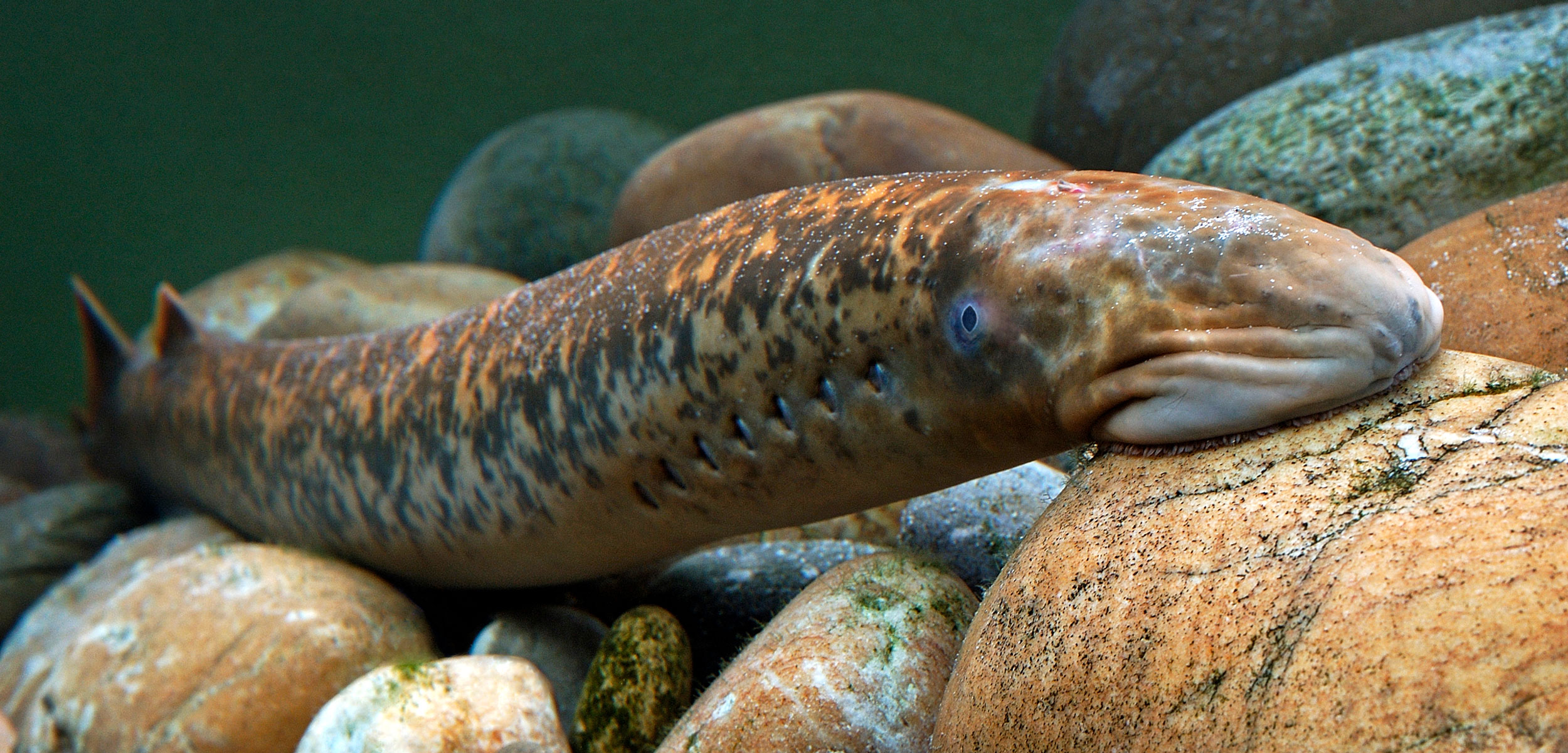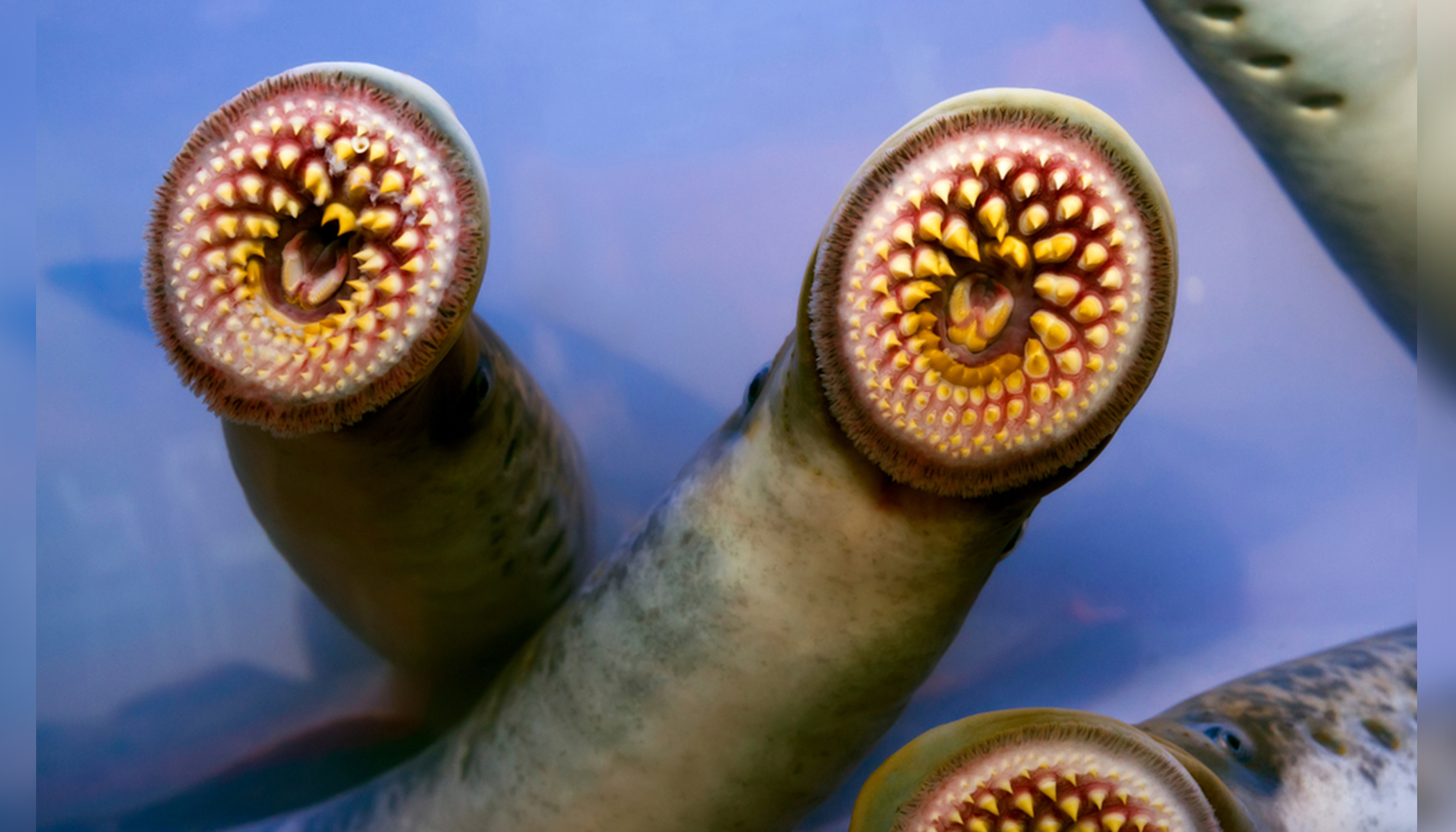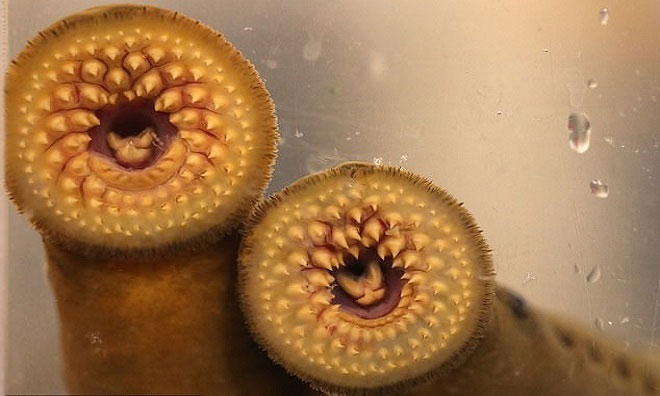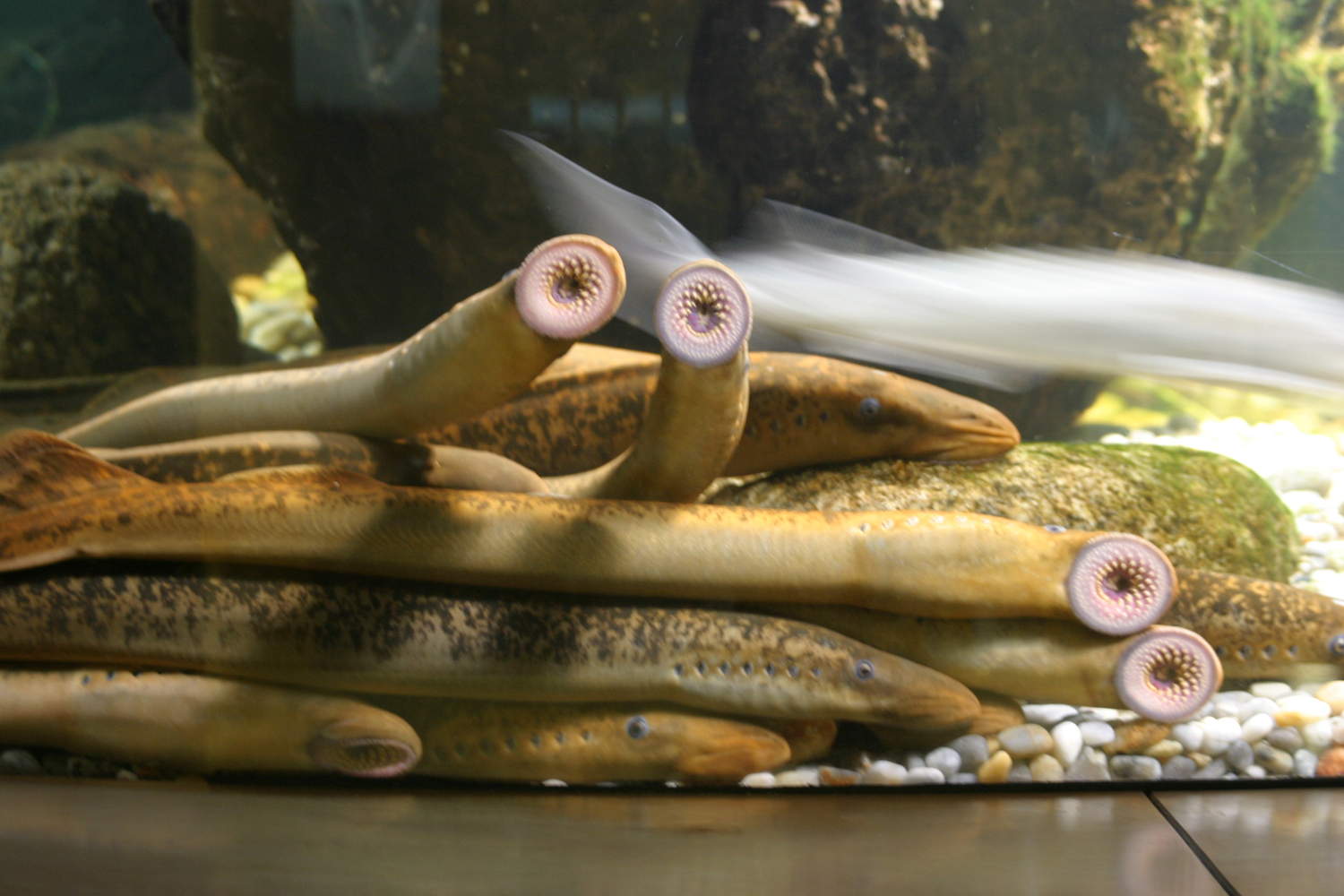An invasive species of lamprey is thriving in a freshwater lake in Vermont, hundreds of kilometers from its natural habitat.

Lampreys, also nicknamed “vampire fish”, survive by parasitizing other fish, attaching to the host’s body to suck blood and body fluids.

The Vermont Department of Fish and Wildlife (VFW) says lampreys are becoming an invasive species in the state’s Lake Champlain near the Canadian border. Another, less threatening lamprey species is widely distributed throughout the state, especially in the Connecticut River and its tributaries.


Lampreys specialize in sucking the host’s blood.
State authorities say that unlike Lake Champlain lampreys, river lampreys pose no real threat to other fish species, and even play an important role in helping maintain the ecosystem. “If you see lampreys laying eggs or carcasses, don’t be alarmed. These fish provide many ecological benefits and are considered a conservation concern in both Vermont and New Hampshire,” Lael Will , a biologist at the VFW, said.
Lampreys spawn in large numbers every spring, but most die not long after spawning. Their decomposing bodies provide a food source for other aquatic animals and birds in the area.
Young lampreys can spend up to five years in a stationary state, burrowing beneath the sand on the river bottom and filtering small food particles from the water. After becoming adults, they swim downstream to the Atlantic Ocean, spending the rest of their lives sucking the blood of other species.
In the past, lampreys contributed to the destruction of freshwater fish populations. A lamprey can destroy an average of 18kg of fish a year. A lamprey invasion of the Great Lakes nearly wiped out the region’s salmon industry, causing losses of 6.8 million kg of fish in the 1940s and nearly 137,000 kg in the early 1960s. Control measures include placing barriers in rivers to prevent lampreys from swimming upstream or placing chemical traps that kill the larvae without harming other species.







